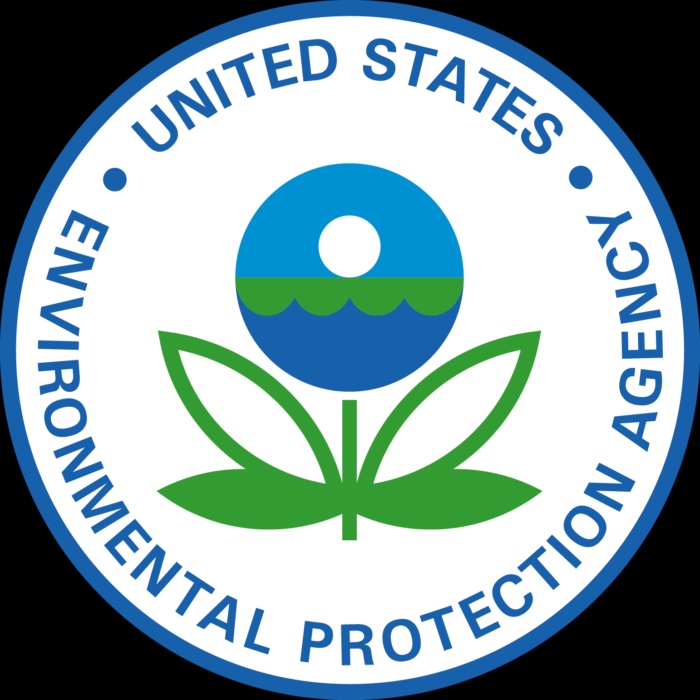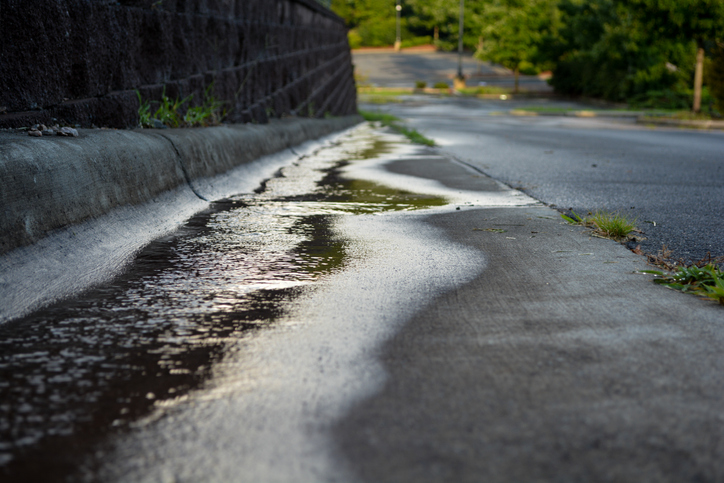As the virus pandemic has consumed our daily news, even some of the most important developments in the environmental world seem to have floated under the radar. Last month, the U.S. Environmental Protection Agency (EPA) issued an initial regulatory determination under the Safe Drinking Water Act (SDWA) for perfluorooctane sulfonate (PFOS) and perfluorooctanoic acid (PFOA)—the two most notorious substances in the family of thousands of similar “forever chemicals” also collectively referred to as PFAS.
The EPA’s announcement—a little over a year following its release of …
Continue Reading









